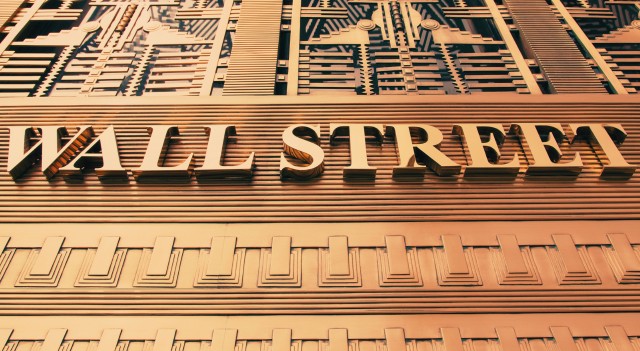
The relentless ascent of the U.S. stock market, notably exemplified by the benchmark S&P 500 index’s over 25% surge in the past five months, is sparking debates among market participants over its sustainability. This remarkable rally, marked by the index hitting 16 record highs just this year—a feat not seen in any first quarter since 1945 according to CFRA Research—is largely driven by significant gains in sectors like technology, with chipmaker Nvidia at the forefront.
Investors buoyed by bullish sentiments attribute this growth to robust fundamentals including a strong U.S. economy, anticipations of interest rate cuts by the Federal Reserve, and burgeoning enthusiasm around the business potentials of artificial intelligence. However, the almost unbroken upward trajectory has led some to caution against potential overvaluation, pointing to historical data from BofA Global Research that suggests market sell-offs, averaging three times a year, are overdue.
Skeptics like Michael Arone from State Street Global Advisors argue that the market might be overly optimistic, pricing in much of the positive news and leaving it susceptible to downside risks. Despite concerns over inflation and other economic indicators, the prevailing sentiment remains largely dismissive of potential headwinds, including regional banking instabilities and international economic challenges.
Notably, technical indicators such as the S&P 500’s weekly relative strength index (RSI) suggest the market could be overbought, with levels rarely surpassed since 2000. Historical precedents following such RSI peaks include significant market corrections, adding weight to the argument for a forthcoming pullback.
Moreover, investor sentiment, as measured by surveys like the one from the American Association of Individual Investors, indicates elevated bullishness, which can sometimes serve as a contrarian signal pointing towards market vulnerability.
While comparisons are being drawn to past market bubbles, fueled by dramatic surges in stocks like Nvidia and other AI-focused companies, some analysts argue that the current market dynamics differ significantly from those of previous bubbles, like the dot-com bubble of 1999. They point to the comparatively moderate outperformance of the technology sector and a less frenzied IPO market as indicators that the current market rally might not be a bubble.
Despite these cautious outlooks, some remain optimistic about the market’s potential for continued growth, citing a lack of extreme bullish sentiment and historical patterns of post-peak rallies. As the debate continues, the market’s direction will likely hinge on unfolding economic data, corporate earnings, and geopolitical developments, keeping investors on their toes in the dynamic landscape of U.S. equities.

It looks like you are not logged in. Click the button below to log in and keep track of your recent history.